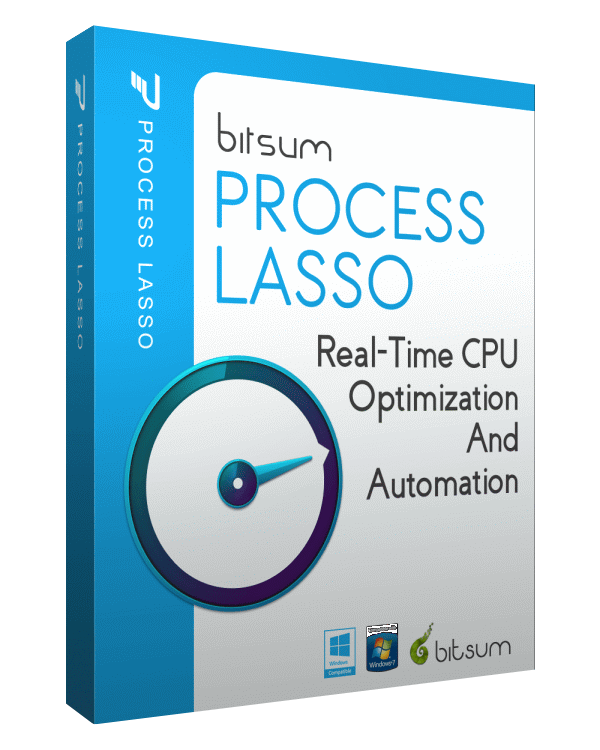You’re talking to a high end computer geek who does this stuff for a living and gets paid a lot for it, I might add (enough to buy a 3500 sq ft in the Bay Area!). . Project Lasso is a Windows process automation and optimization software. It doesn’t change the fact that it’s Windows under the hood. You can download the package here.
Real-Time CPU Optimization and Automation. Keep your PC responsive during high CPU loads and automate process settings with rules. Apps run YOUR WAY!

bitsum.com
Taiko is of course free to choose any OS and tweak it the way they see fit. For me, if I’m running Roon, I’d rather go to the source and see what they use, which is Roon Rock. XDMS is of course proprietary, like Aurender has its own proprietary database (many of these are running Linux under the hood). If you want to run XDMS, you have no choice.
Since a lot of you seem to be having software stability issues, I’d hazard a guess that it’s a memory leak somewhere corrupting the OS (Windows is known for these). Could be a Roon update that’s causing the glitch. When I ran Roon on my Mac Pro, I’d have these occasionally as well. All disappeared after I switched to the Rock server. Running now for 2+ years without a single glitch of any kind. It’s a Rock, that’s for sure. Which is why Linux powers the computing world “big iron“ (like the Google search engine).










